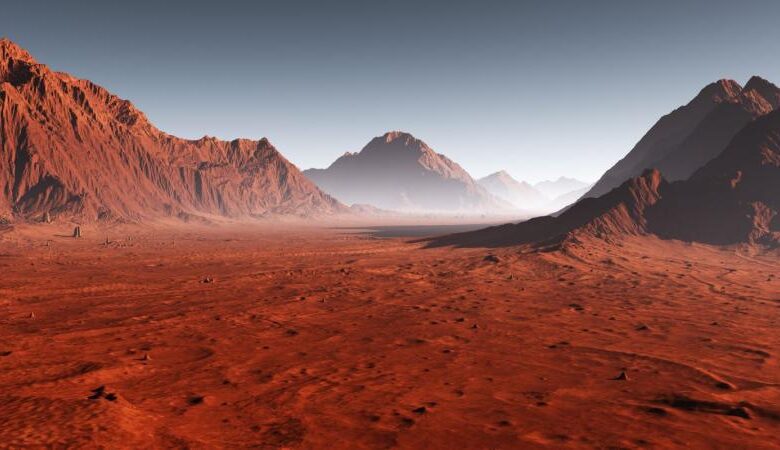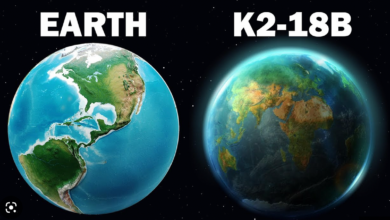Massive amount of water ice discovered on Mars
The European Space Agency's Mars Express Orbiter has identified massive layered slabs of buried water ice.

While the surface of Mars may seem desolate, recent radar surveys of the Medusae Fossae Formation region near the Martian equator have uncovered a fascinating secret. The European Space Agency’s Mars Express Orbiter has identified massive layered slabs of buried water ice, several kilometers thick.
This orbiter, which first confirmed the presence of ice on Mars in 2004, has now revealed extensive ice and ice water deposits beneath the Martian surface. Colin Wilson, a project scientist at ESA, noted the evidence of glaciers, both extinct and covered with dust, indicating significant water ice deposits in regions with colder temperatures.
The discovery suggests that Mars had a vastly different environment in the past, featuring glaciers, lakes, and river channels. While previous evidence showed water ice at higher latitudes, this new finding emphasizes the substantial amount of water that must have existed on Mars to accumulate such thick layers of water ice.
The Mars Express orbiter made this discovery in 2007, but the composition of the deposits remained unclear until now. Recent data indicates that the deposits consist of layers of dust and ice. Despite the potential benefits for future exploration missions, accessing the layers directly poses challenges as they are covered by a protective layer several hundred meters thick.
Colin Wilson emphasized that, although intriguing, these findings might not directly address the needs of human exploration on Mars. The Mars Express probe, launched in June 2003, has recently celebrated two decades of studying the Red Planet, providing valuable insights into Mars’ geological history and its potential for sustaining life in the distant past.



